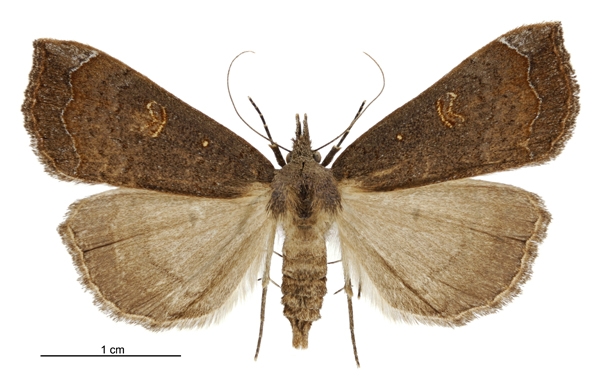
Moths, Flies, Beetles Pollinating Avocados? O, MY!
And doing it in the dark?
In a recent paper, David Pattemore and associates reveal some fairly different observations about avocado flowering. One, that the female stage can be open and potentially receptive to pollination at night. And Two, that moths and crane flies amongst other nocturnal insects are visiting the flowers and carrying pollen!!! These are two very new observations, made possible by the digital world we live in.
Of course, insect visitation doesn't mean fruit set. Is there pollination, transfer of pollen to the female stage? Is there enough pollen? Is it the right pollen? Is it the right temperature for fertilization to occur? Whatever else needs to happen for fruit set, is it happening?
But these observations are opening up new discussion topics for the avocado world.
LOW OVERNIGHT TEMPERATURES ASSOCIATED WITH A DELAY IN ‘HASS' AVOCADO (PERSEA AMERICANA) FEMALE FLOWER OPENING, LEADING TO NOCTURNAL FLOWERING
David Pattemore1,2*, Max N. Buxton1, Brian T. Cutting1, Heather McBrydie1, Mark Goodwin1, Arnon Dag3
1The New Zealand Institute for Plant & Food Research Limited, Ruakura Research Centre, Hamilton 3210, New Zealand
2School of Biological Sciences, University of Auckland, Auckland, New Zealand
3Gilat Research Center, Agricultural Research Organization, 85280, Israel
Abstract—Avocado (Persea americana) has synchronously protogynous flowers: flowers open first in female phase before closing and opening the next day in male phase. Cultivars are grouped based on whether the flowers typically first open in female phase in the morning (type A), or in the afternoon (type B). However, it is known that environmental factors can alter the timing of flower opening, with cold temperatures being shown to affect the timing of flowering. The aim of this study was to investigate how low spring temperatures in New Zealand affect the flowering cycle of commercial avocado cultivars, focusing primarily on the receptive female phase of ‘Hass', a type A cultivar. Time-lapse photography was used to assess flower opening times of ‘Hass' over three years. Decreasing minimum overnight temperatures were associated with a delay in the timing of ‘Hass' female flower phases and resulted in nocturnal flowering of both male and female phase flowers. We recorded insects visiting female flowers at night, and some nocturnal flower visitors collected were carrying avocado pollen. Our study suggests that nocturnal pollination needs to be considered for avocados grown in temperate regions. Furthermore, as the timing of the female phase of ‘Hass' varied significantly with overnight temperature, the activity patterns of potential pollinators need to be considered to ensure adequate pollinator activity across the range of times in which ‘Hass' flowers are receptive.
Eight different invertebrate orders were captured from avocado flowers at night. Coleoptera, Diptera and Lepidoptera were the most frequently caught floral visitors, but it was coleopteran, dipteran and neuropteran individuals that carried the greatest number of pollen grains on average. This is an important distinction to make, as not all floral visitors behave as pollinators: visitation does not necessarily infer pollination. Species such as Costelytra zealandica (Coleoptera), Micromus tasmaniae (Neuroptera), along with Tipulidae and Sylvicola species (Diptera) may be especially important, as these were both frequently caught and often carried a high number of pollen grains. Compared with diurnal pollination, nocturnal pollination is poorly understood and relatively little research in New Zealand has tested assumptions that nocturnal floral visitors can act as pollinators.
This is an interesting read and introduces further areas of pursuit to understanding what brings on fruiting in the wild avocado.
Read On:
click on Download this PDF file
Rhapsa scotosialis – a potential avocado pollinator?

Rhapsa scotosialis female
